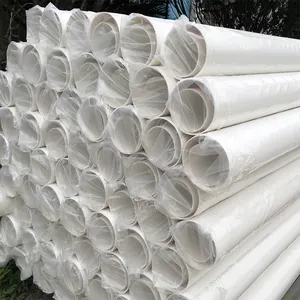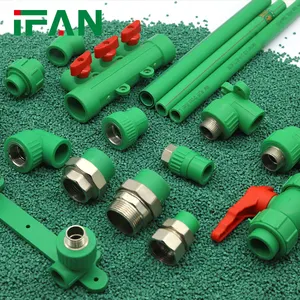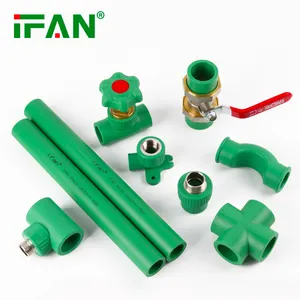Introduction to Pipe Fitting
Pipe fitting is a crucial component in plumbing and piping systems, making it essential for various applications in both industrial and residential settings. Pipe fittings are specially designed connectors, adapters, or transitions that enable the joining of different sections of pipes, allowing for the control and direction of fluid flow. Made from various materials, these fittings can withstand high pressure and temperature, ensuring a reliable and efficient piping system.
Types of Pipe Fitting
Pipe fittings come in numerous types, each serving a unique function for specific applications. Understanding these types helps in selecting the right fitting for your project:
- Elbow Fittings: These allow for directional changes in piping, available in angles such as 90 and 45 degrees.
- Tee Fittings: Featuring one inlet and two outlets, tees are ideal for branching off piping systems.
- Reducer Fittings: Used to connect pipes of different diameters, these fittings accommodate size differences effectively.
- Cap Fittings: These close off the end of a pipe, preventing any fluid flow and allowing for system maintenance.
- Coupling Fittings: These facilitate the joining of two pipe ends, ensuring a secure connection without any leaks.
Applications of Pipe Fitting
Pipe fittings are versatile and find applications across various sectors. Some common scenarios include:
- Residential Plumbing: Used widely in home plumbing systems to connect fixtures like sinks, toilets, and showers.
- Industrial Processes: Essential in manufacturing, chemical processing, and other industrial environments to manage the flow of liquids and gases.
- Aquaculture: Used in water supply and distribution systems within aquaponics and other farming techniques.
- HVAC Systems: In heating, ventilation, and air conditioning systems, pipe fittings help in directing airflow and coolant.
- Fire Protection Systems: Critical in fire suppression installations where water flow needs to be precisely controlled.
Function, Feature, and Design of Pipe Fitting
Every pipe fitting boasts a series of distinct features and functions, designed to enhance performance and longevity. Here are key aspects to consider:
- Durability: Many pipe fittings are crafted from materials such as brass, stainless steel, PVC, or polyethylene, providing both strength and corrosion resistance.
- Pressure Ratings: Different fittings come with specific pressure ratings, ensuring they can handle the demands of various applications.
- Standard Compliance: Quality pipe fittings often meet industry standards to guarantee safety and performance.
- Ease of Installation: Many fittings feature designs that simplify their connection with pipes, aiding in quick assembly and disassembly.
- Versatility: Available in various shapes and sizes, pipe fittings can adapt to diverse piping layouts and requirements.
In summary, pipe fittings play an indispensable role in the modern plumbing and industrial sectors. With a detailed understanding of their types, applications, and inherent features, professionals and homeowners alike can make informed decisions to ensure optimal functionality in their projects.






























































































































































































